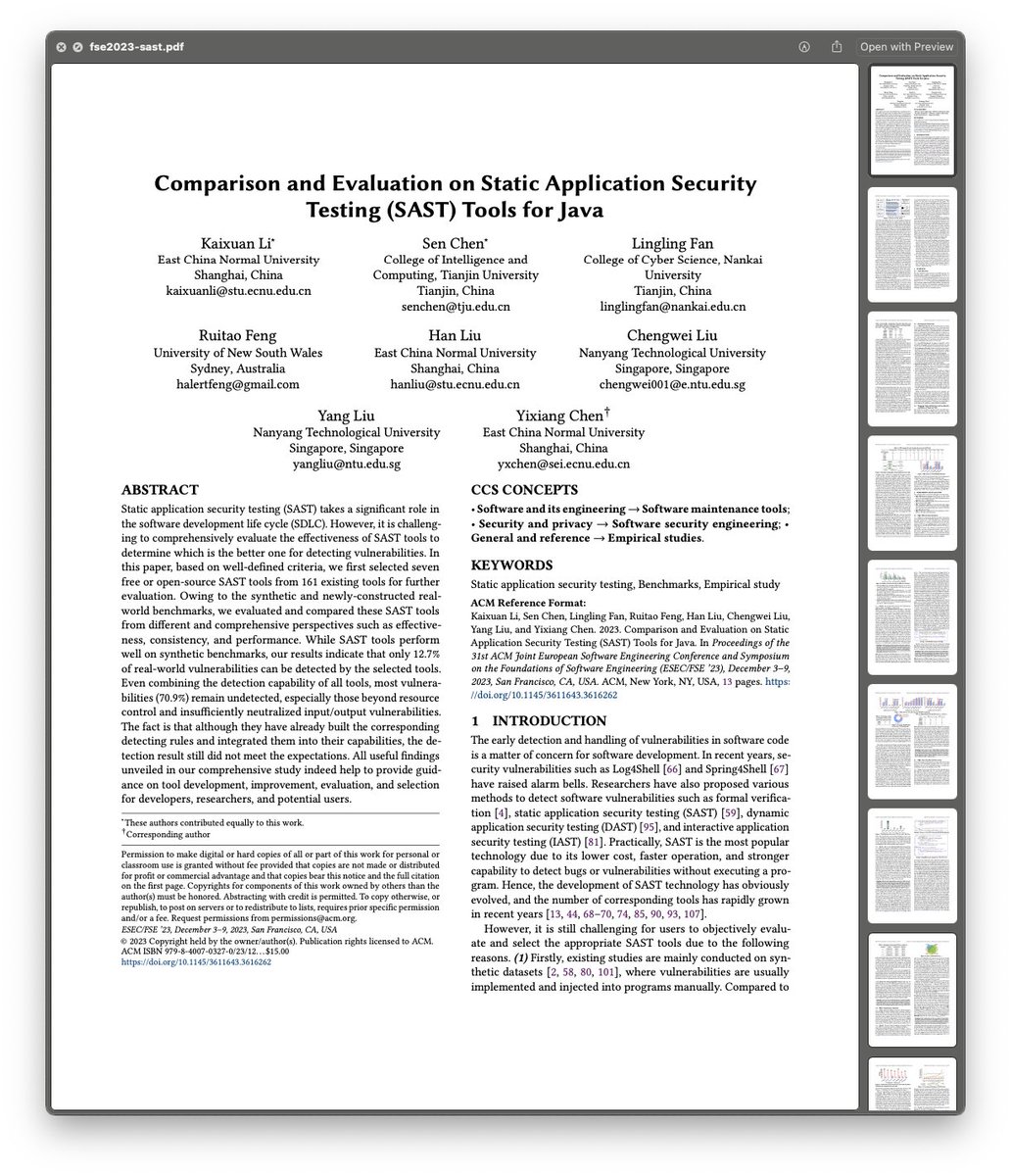It's a Sunday.
Kids are playing Lego
Wife is chilled
Guess this means it's teardown and tinker time with IKEAs indoor pollution sensor
Kids are playing Lego
Wife is chilled
Guess this means it's teardown and tinker time with IKEAs indoor pollution sensor

Ok it's pretty well-designed. David Wahl is the designer, who's responsible for a lot of pretty damn good designs. Has usb-c to power but doesn't come with a cable. 



Main heart is a Eastsoft ES7P001FGSA MCU. So far can only find the datasheet in Chinese. But it has the pinouts so that's all I need I guess for now 

Slight delay due to kids wanting to go and BMX.. box back together with wires and I'll hopefully work out what and how later on 



I guess tomorrow I could add some wires to the following pins on the MCU but not 100% sure what else it would give me, but hey, I'm on holiday so... 

This means I can take those readings and push them into this and up to @adafruit's IO 

The design of this is actually super impressive. It's easy on the eye, the LED panel works very well and the MTTF is + 5 years, which for a tenner is bloody amazing.
and it used usb-c and not the funny older ones like most do.
and it used usb-c and not the funny older ones like most do.
Because when you have the itch over how a pm 2.5 sensor works, you need to scratch it hard journals.plos.org/plosone/articl…
Carrying on exploring. Wanted to see the MCU request the values from the PM and the returned values. First up with Sally the oscilloscope. 

Then with the @saleae
You can see 5 bytes being sent by the MCU, 11 2 0b 01 E1, which takes 5.01 ms to get the response back.
You can see 5 bytes being sent by the MCU, 11 2 0b 01 E1, which takes 5.01 ms to get the response back.

• • •
Missing some Tweet in this thread? You can try to
force a refresh


























